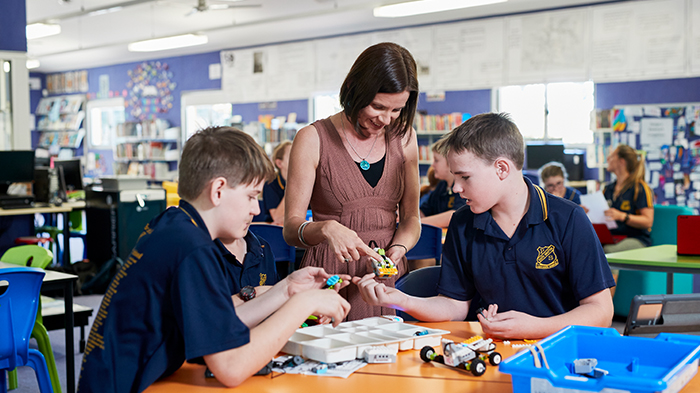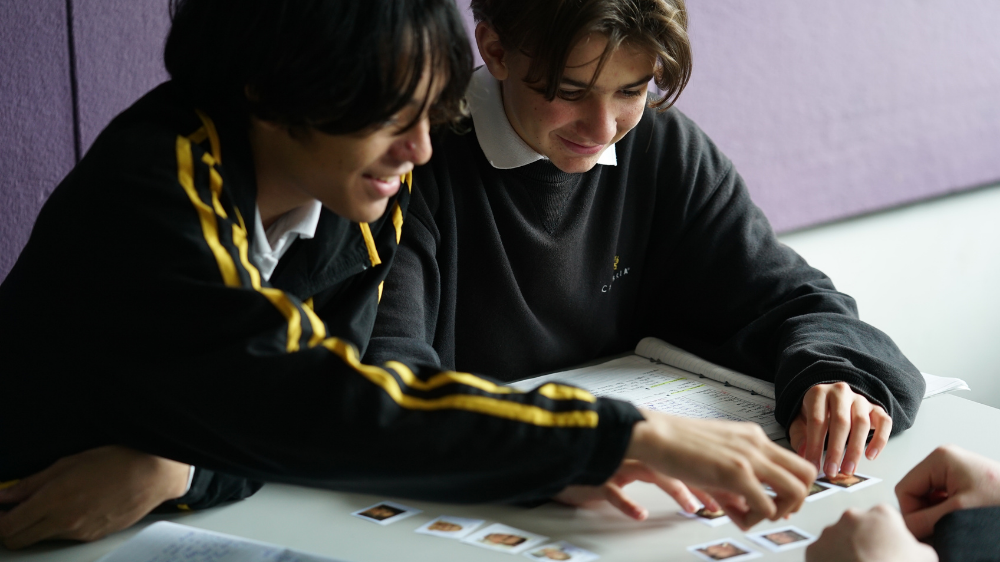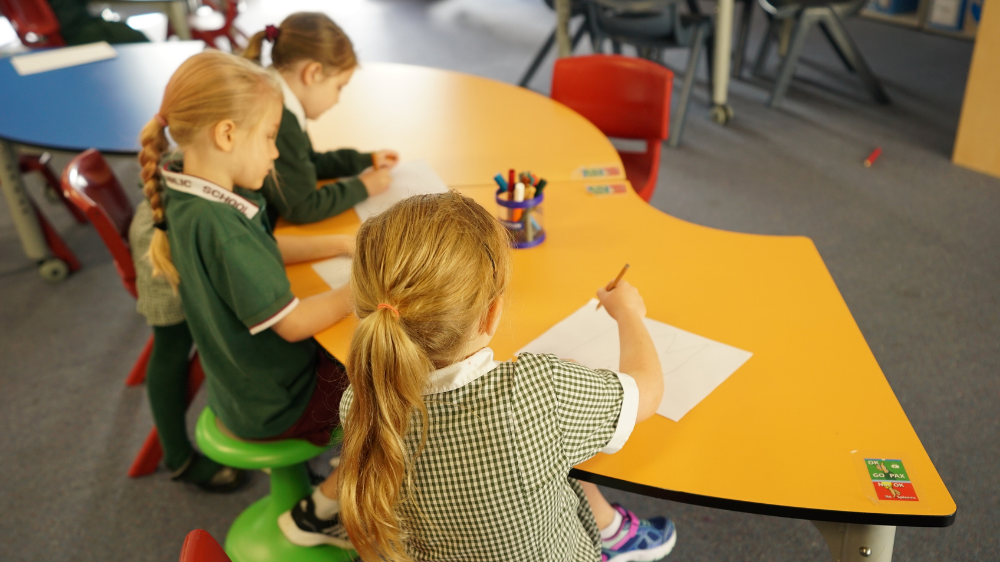Cerebral palsy
Build on student strengths and support the learning and wellbeing of students with cerebral palsy across all aspects of the curriculum.
About cerebral palsy
Cerebral palsy describes a condition that affects the way a person moves. Cerebral palsy occurs when there is damage to the brain when it is developing, and it affects a student’s ability to control their muscles. It is the most common form of physical disability in childhood.
A student with cerebral palsy may face a range of challenges with muscle weakness and stiffness. Some students might have trouble with slowness or shakiness, and may not be able to control their movement, which may impact their coordination and motor tasks such as writing. Balance, coordination, and walking can be also be difficult. Cerebral palsy can affect different parts of the body - some students may have trouble with motor control on one side of their body, some may have challenges with both sides, and some may have challenges that affect only the lower part of their body. Some students will use mobility aids, (for example, a walking frame or a wheelchair).
If muscles in the face, mouth, and throat are impacted by cerebral palsy, students can experience challenges with talking, eating, and drinking. They may find speech challenging, which means they might have different ways of communicating (for example, using computer technology, pictures or gestures with their hands or head), or they might need more time to communicate.
About one third of students with cerebral palsy also have epilepsy, which means that they have recurring seizures. There are different types of epilepsy and they affect students in different ways. Some students will stare blankly or look as if they are daydreaming during a seizure. For some students, a seizure may involve stiffness or jerking movements. Some students will benefit from medication, which means that seizures may be rare. If a student in your class has epilepsy, refer to their individual health care plan. This plan will include a First Aid Seizure Management Plan from the student's doctor.
Strengths
Some students with cerebral palsy will have strong language and thinking skills.
Some students with cerebral palsy may be good at managing challenges in their environment so that they can successfully participate.
Some students with cerebral palsy are able to quickly or easily understand what is expected of them at school, and can then effectively manage their own behaviour. When given time and opportunities to practise, students with cerebral palsy can develop strong friendships and social skills.




School Excellence Framework alignment
Wellbeing, Curriculum, Effective classroom practice
Australian Professional Standards for Teachers alignment
Standard 1: Know students and how they learn
Audience
Primary teachers
Purpose
Strategies to support students with cerebral palsy. Including: Evidence-based practices, best practice tips, curriculum considerations and other considerations for teachers of students with cerebral palsy.
Reviewed
November 2021. Share your feedback here